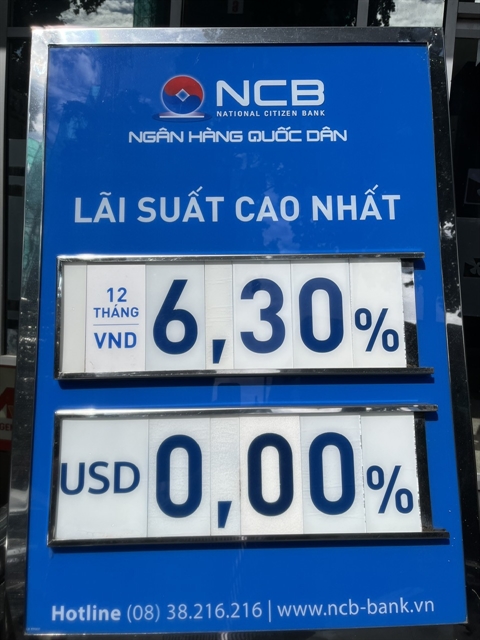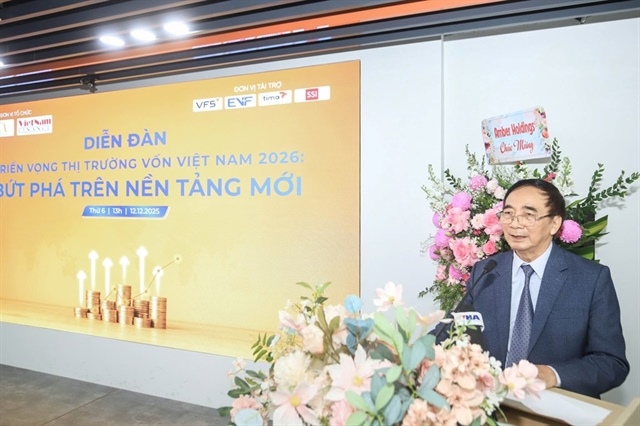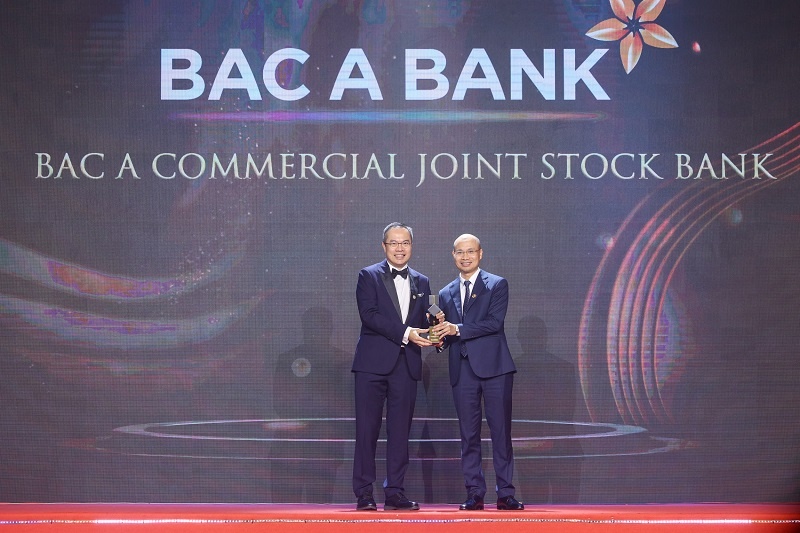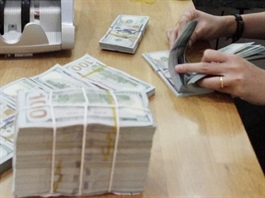Savings interest rates continue to fall
Savings interest rates continue to fall
Savings interest rates at commercial banks continue to slide with rates for 12-month deposits at major banks plummeting to below 5.5 per cent per year, which is lower than during the pandemic period.

A recent survey conducted by Việt Nam News revealed that more than 30 local commercial banks have continuously lowered their savings interest rates over the past five months.
State-owned bank Vietcombank has taken the lead in this downward trend by reducing rates for the second time in just one month, bringing interest rates to the lowest point in many years.
On October 3, the highest deposit interest rate at Vietcombank decreased to 5.3 per cent per year, which is lower than during the COVID-19 period.
Deposits ranging from one to less than 12 months now offer interest rates ranging from 3 to 4.3 per cent per year.
Other State-owned banks such as Agribank, BIDV, and VietinBank have also adjusted their interest rates downwards to a maximum of 5.5 per cent per year after last month’s adjustments.
Private banks, including lower-tier ones such as BaoVietBank, LPBank, ABBank, and CBBank, also significantly reduced their savings interest rates at the beginning of October.
Interest rates surged at these banks, reaching as high as 11-12 per cent per year at the end of 2022.
As of October 3, the highest posted interest rate within the banking system is 7 per cent per year, offered by DongABank for online deposits with a 13-month term.
For deposits with a 12-month term or less, the highest interest rate at DongABank is 6.75 per cent per year.
Currently, interest rates above 6 per cent per year for 12-month term deposits are offered by Oceanbank, BacABank, SCB, VietCapitalBank, LPBank, Sacombank, NCB, CBBank, VietBank, NamABank, HDBank, PVComBank, VietABank, BaoVietBank, and DongABank.
Over 20 other banks have listed interest rates for 12-month terms below 6 per cent per year. Interest rates of 6-6.5 per cent per year can be found at some institutions, but they apply to longer terms starting from 18 months.
The trend of lowering savings interest rates is expected to help banks reduce their input costs, allowing them to lower lending rates for customers.
The decline in deposit interest rates is a result of the banking system having excess funds due to sluggish credit growth, experts said.
As of the end of September, credit growth only reached 5.73 per cent, which is half the increase of the same period last year and less than one-third of the annual target.
The lower interest rates may encourage depositors to explore alternative investment channels, such as stocks and real estate, for better returns, experts noted.




























